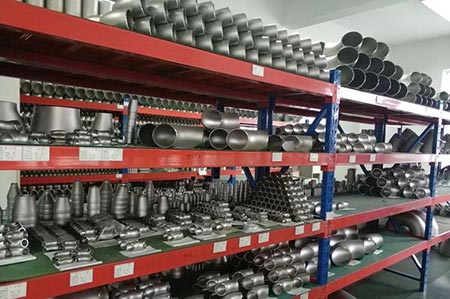What are the different grades of stainless steel pipe fittings?
Stainless steel pipe fittings are commonly graded according to their material composition, which is primarily determined by the alloying elements present. The most common grades of stainless steel used for pipe fittings include:
304 Stainless Steel: Also known as 18-8 stainless steel, it contains 18% chromium and 8% nickel. It's known for its excellent corrosion resistance and is suitable for a wide range of applications, including food processing, chemical processing, and plumbing.
316 Stainless Steel: This grade contains additional molybdenum compared to 304 stainless steel, making it more resistant to corrosion, especially in chloride environments. It's commonly used in marine applications, chemical processing, and medical devices where corrosion resistance is critical.
316L Stainless Steel: Similar to 316 stainless steel, but with lower carbon content to improve weldability. It's often used in applications where welding is required, such as piping systems.
317 Stainless Steel: Contains higher levels of molybdenum and additional elements like nitrogen, which enhance its corrosion resistance, particularly in acidic environments. It's commonly used in chemical and petrochemical industries.
321 Stainless Steel: Contains titanium, which stabilizes the structure against chromium carbide precipitation, making it suitable for high-temperature applications. It's often used in exhaust systems, aerospace, and high-temperature chemical processing.
Duplex Stainless Steel: Grades such as 2205 (S31803/S32205) and 2507 (S32750) are duplex stainless steels that offer a combination of high strength and excellent corrosion resistance, making them suitable for demanding applications such as offshore oil and gas, chemical processing, and desalination plants.
These are just a few examples, and there are many other grades of stainless steel available, each with its own unique properties suited for specific applications. When selecting stainless steel pipe fittings, it's essential to consider factors such as corrosion resistance, mechanical properties, and compatibility with the intended environment and fluid.
Previous: >> How are stainless steel pipes joined? Next: >> Can you mix brass and stainless steel pipe fittings?







